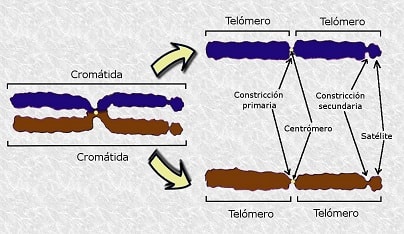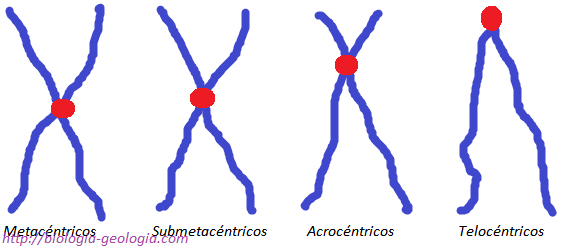The structure of the nucleus
The cell nucleus does not always have the same structure, but can be found in two different states, depending on the state of division in which the cell is:
This section describes the nuclear structure in the interphase state. In the section "cell cycle" we will deal with the characteristics of the nucleus in a state of division.
The cell nucleus, during the interphase, is a spherical structure that is located in the central zone of animal cells. In plant cells, due to the large size of the vacuole, it moves to one side along with the other organelles.
In the interphase nucleus, when the cell is not dividing, one can distinguish:
Nuclear envelope
The nuclear envelope is made up of two membranes separated by an intermembrane space. The outer membrane carries ribosomes attached to it and continues with the membranes of the endoplasmic reticulum. These membranes are interrupted by nuclear pores that allow the exchange of substances between the nucleus and the cytoplasm.
Nucleoplasm
The nucleoplasm is the internal aqueous environment of the nucleus, in which the nuclear components are immersed.
Nucleolus
The nucleolus is a spherical structure, without a membrane, that appears in the interphase nucleus. It has the function of synthesizing ribosomes.
Chromatin
In the interphase nucleus, the genetic material is made up of chromatin. Chromatin consists of long strands of DNA associated with proteins called histones. When the cell is about to divide, the chromatin filaments condense and form the shorter and thicker chromosomes.
In eukaryotes, each chromosome is made up of a single linear DNA molecule.


